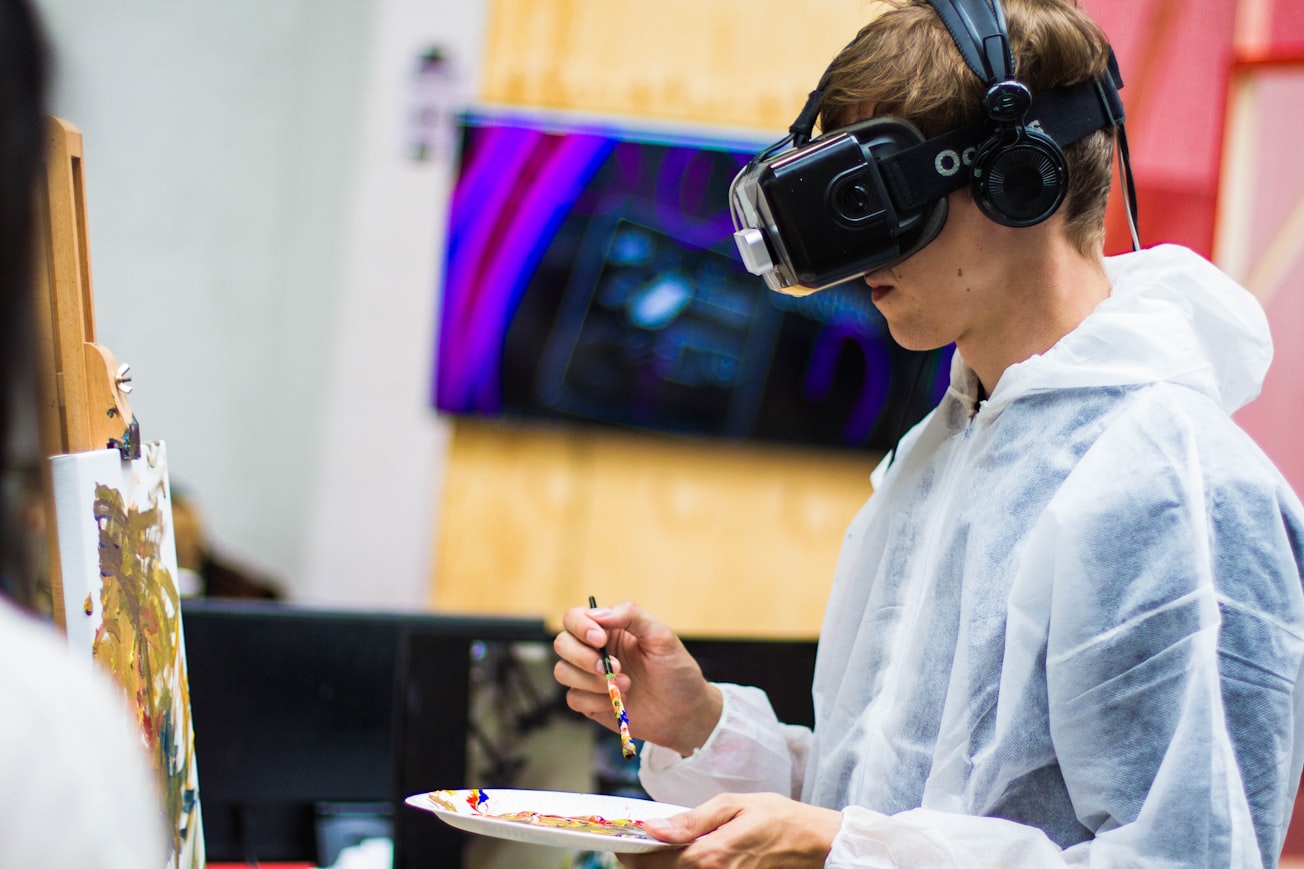What is it about?
Numerous methodologies for subjective quality assessment exist in the field of image processing. Are these methods valid/accurate to evaluate the perceived quality of 3D graphics data? Is the presence of an explicit reference necessary, due to the lack of human prior knowledge on 3D graphics data compared to natural images/videos? To answer these questions, we compare these three subjective methods (ACR-HR, DSIS and SAMVIQ) on a dataset of high-quality colored 3D models, impaired with various distortions. These subjective experiments were conducted in a virtual reality (VR) environment.
Featured Image

Photo by Billetto Editorial on Unsplash
Why is it important?
Our results show differences in the performance of the methods depending on the 3D contents and the types of distortions. We show that DSIS and SAMVIQ outperform ACR-HR in terms of accuracy and point out a stable performance. In regard to the time-effort, DSIS achieves the highest accuracy in the shortest assessment time. Results also yield interesting conclusions on the importance of a reference for judging the quality of 3D graphics. We finally provide recommendations regarding the influence of the number of observers on the accuracy.
Perspectives
This study makes the first step toward standardizing a methodology for assessing the quality of 3D graphics in virtual reality (VR).
Yana NEHME
Institut National des Sciences Appliquées de Lyon (INSA Lyon)
Read the Original
This page is a summary of: Comparison of Subjective Methods for Quality Assessment of 3D Graphics in Virtual Reality, ACM Transactions on Applied Perception, January 2021, ACM (Association for Computing Machinery),
DOI: 10.1145/3427931.
You can read the full text:
Resources
Contributors
The following have contributed to this page










